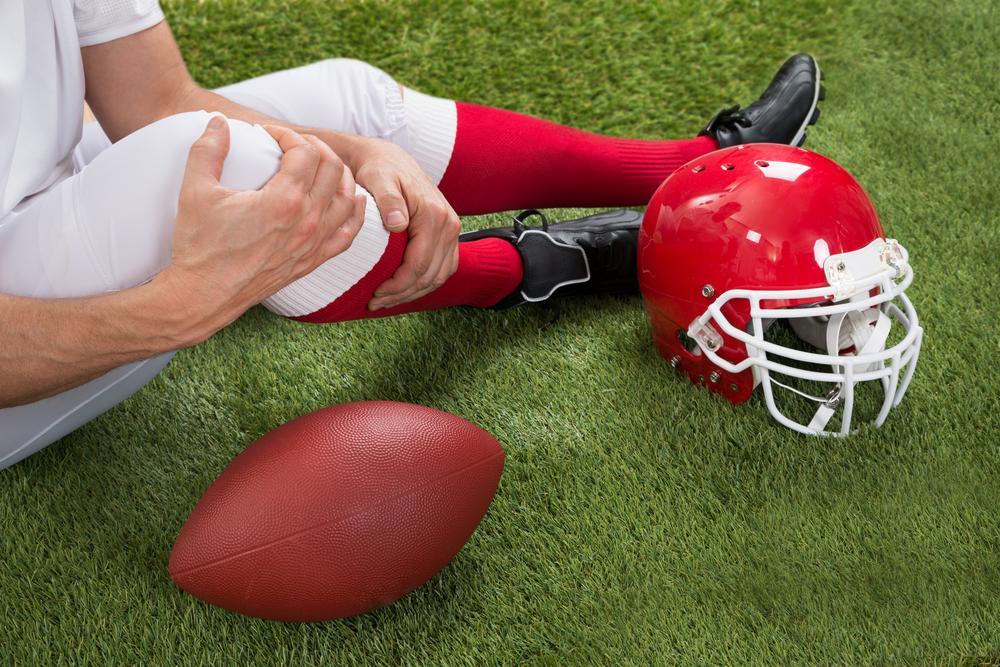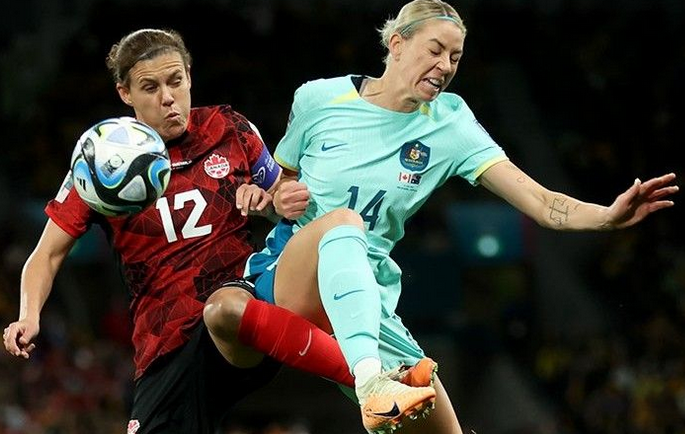The world of sports is a realm of intense competition, unwavering dedication, and the pursuit of excellence. However, this pursuit is often accompanied by the risk of injury, a silent adversary that can derail the dreams and aspirations of athletes. In the high-contact sport of American football, injury prevention strategies become paramount, ensuring that players can perform at their best while minimizing the risk of setbacks.

Proper Warm-up and Cool-down
A proper warm-up before any physical activity is crucial for injury prevention. It gradually increases heart rate, blood flow, and muscle temperature, preparing the body for the demands of the sport. Similarly, a cool-down allows the body to gradually return to its resting state, reducing muscle soreness and promoting recovery.
Strengthening and Conditioning
Strengthening and conditioning exercises play a pivotal role in injury prevention. Strengthening muscles and improving flexibility enhance the body’s ability to withstand the forces exerted during the game. Conditioning exercises enhance cardiovascular fitness, reducing fatigue and improving overall endurance.
Hydration and Nutrition
Proper hydration is essential for maintaining muscle function, preventing cramps, and promoting overall well-being. Athletes should consume adequate fluids throughout the day and during training sessions. Additionally, a balanced diet provides the necessary nutrients for muscle growth, repair, and energy production.
Proper Technique and Training Methods
Mastering proper technique and training methods is crucial for injury prevention. Coaches and trainers should emphasize correct form, posture, and biomechanics to minimize the risk of overuse injuries and stress-related issues.
Allowing the Body to Rejuvenate
Rest and recovery are essential components of injury prevention. Athletes should allow their bodies adequate time to recover from training and competitions. Adequate sleep, proper nutrition, and active recovery techniques, such as stretching and foam rolling, promote tissue repair and reduce the risk of overtraining.
Shielding the Body from Impact
Wearing properly fitting and certified protective equipment is essential for minimizing the risk of injuries, particularly in high-contact sports like American football. Helmets, pads, and mouthguards act as barriers, absorbing impact and reducing the severity of injuries.
Pre-participation Screening and Evaluation
Pre-participation screening and evaluation programs can identify athletes at risk of injuries, allowing for individualized preventive measures. These evaluations assess factors such as strength, flexibility, and biomechanics, providing a baseline for monitoring progress and addressing any potential issues.
Sports Medicine and Rehabilitation
Sports medicine professionals, including athletic trainers, physicians, and physical therapists, play a crucial role in injury prevention and rehabilitation. They provide expert guidance on injury prevention strategies, assess injuries, and design personalized rehabilitation programs to promote optimal recovery and return to play.
Conclusion
Injury prevention in sports is a multifaceted approach that requires a combination of strategies, including proper warm-up and cool-down, strengthening and conditioning, hydration and nutrition, proper technique, rest and recovery, protective equipment, communication, pre-participation screening, and sports medicine support. By implementing these strategies and fostering a culture of injury prevention, athletes can minimize the risk of setbacks and maximize their potential for success on the field.




